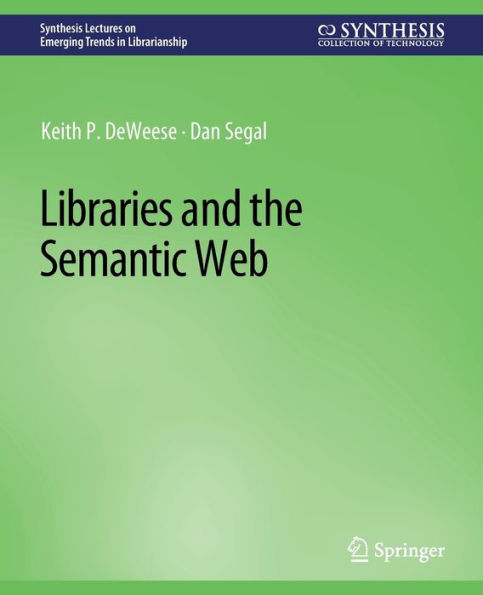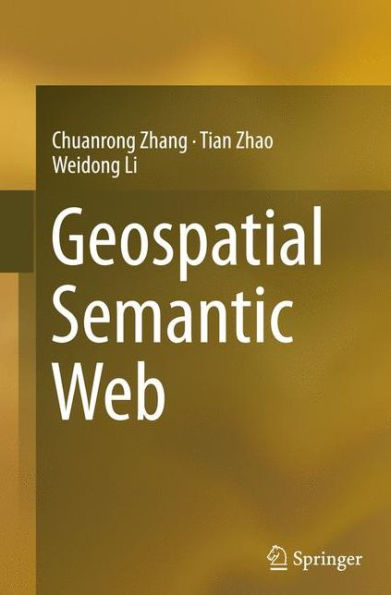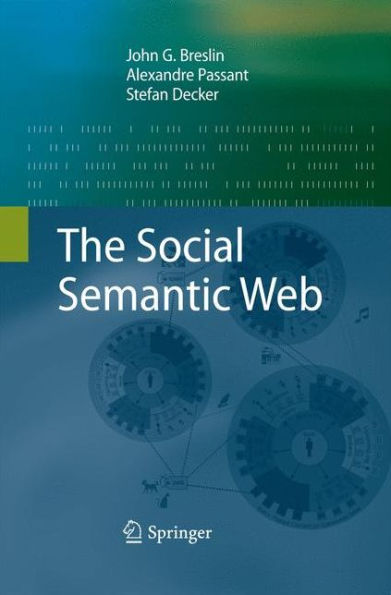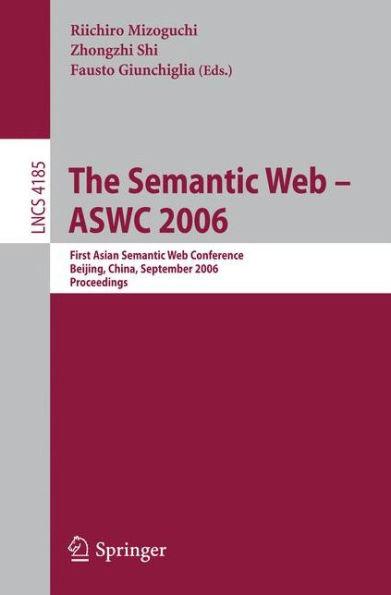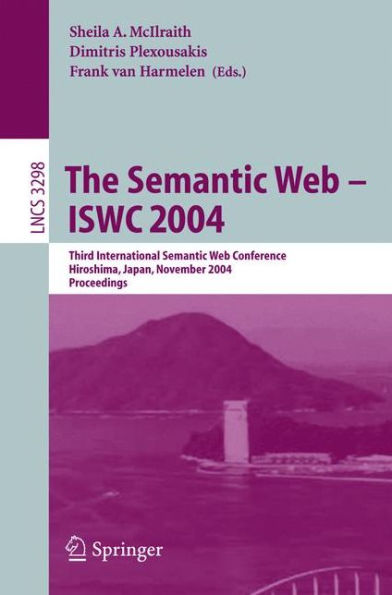Home
Fuzzy Logic and the Semantic Web
Loading Inventory...
Barnes and Noble
Fuzzy Logic and the Semantic Web
Current price: $215.00


Barnes and Noble
Fuzzy Logic and the Semantic Web
Current price: $215.00
Loading Inventory...
Size: OS
*Product Information may vary - to confirm product availability, pricing, and additional information please contact Barnes and Noble
These are exciting times in the fields of Fuzzy Logic and the Semantic Web, and this book will add to the excitement, as it is the first volume to focus on the growing connections between these two fields. This book is expected to be a valuable aid to anyone considering the application of Fuzzy Logic to the Semantic Web, because it contains a number of detailed accounts of these combined fields, written by leading authors in several countries. The Fuzzy Logic field has been maturing for forty years. These years have witnessed a tremendous growth in the number and variety of applications, with a real-world impact across a wide variety of domains with humanlike behavior and reasoning. And we believe that in the coming years, the Semantic Web will be major field of applications of Fuzzy Logic.
This book, the first in the new series Capturing Intelligence, shows the positive role Fuzzy Logic, and more generally Soft Computing, can play in the development of the Semantic Web, filling a gap and facing a new challenge. It covers concepts, tools, techniques and applications exhibiting the usefulness, and the necessity, for using Fuzzy Logic in the Semantic Web. It finally opens the road to new systems with a high Web IQ.
Most of today's Web content is suitable for human consumption. The Semantic Web is presented as an extension of the current web in which information is given well-defined meaning, better enabling computers and people to work in cooperation. For example, within the Semantic Web, computers will understand the meaning of semantic data on a web page by following links to specified ontologies. But while the Semantic Web vision and research attracts attention, as long as it will be used two-valued-based logical methods no progress will be expected in handling ill-structured, uncertain or imprecise information encountered in real world knowledge. Fuzzy Logic and associated concepts and techniques (more generally, Soft Computing), has certainly a positive role to play in the development of the Semantic Web. Fuzzy Logic will not supposed to be the basis for the Semantic Web but its related concepts and techniques will certainly reinforce the systems classically developed within W3C.
In fact, Fuzzy Logic cannot be ignored in order to bridge the gap between human-understandable soft logic and machine-readable hard logic. None of the usual logical requirements can be guaranteed: there is no centrally defined format for data, no guarantee of truth for assertions made, no guarantee of consistency. To support these arguments, this book shows how components of the Semantic Web (like XML, RDF, Description Logics, Conceptual Graphs, Ontologies) can be covered, with in each case a Fuzzy Logic focus.
This book, the first in the new series Capturing Intelligence, shows the positive role Fuzzy Logic, and more generally Soft Computing, can play in the development of the Semantic Web, filling a gap and facing a new challenge. It covers concepts, tools, techniques and applications exhibiting the usefulness, and the necessity, for using Fuzzy Logic in the Semantic Web. It finally opens the road to new systems with a high Web IQ.
Most of today's Web content is suitable for human consumption. The Semantic Web is presented as an extension of the current web in which information is given well-defined meaning, better enabling computers and people to work in cooperation. For example, within the Semantic Web, computers will understand the meaning of semantic data on a web page by following links to specified ontologies. But while the Semantic Web vision and research attracts attention, as long as it will be used two-valued-based logical methods no progress will be expected in handling ill-structured, uncertain or imprecise information encountered in real world knowledge. Fuzzy Logic and associated concepts and techniques (more generally, Soft Computing), has certainly a positive role to play in the development of the Semantic Web. Fuzzy Logic will not supposed to be the basis for the Semantic Web but its related concepts and techniques will certainly reinforce the systems classically developed within W3C.
In fact, Fuzzy Logic cannot be ignored in order to bridge the gap between human-understandable soft logic and machine-readable hard logic. None of the usual logical requirements can be guaranteed: there is no centrally defined format for data, no guarantee of truth for assertions made, no guarantee of consistency. To support these arguments, this book shows how components of the Semantic Web (like XML, RDF, Description Logics, Conceptual Graphs, Ontologies) can be covered, with in each case a Fuzzy Logic focus.



